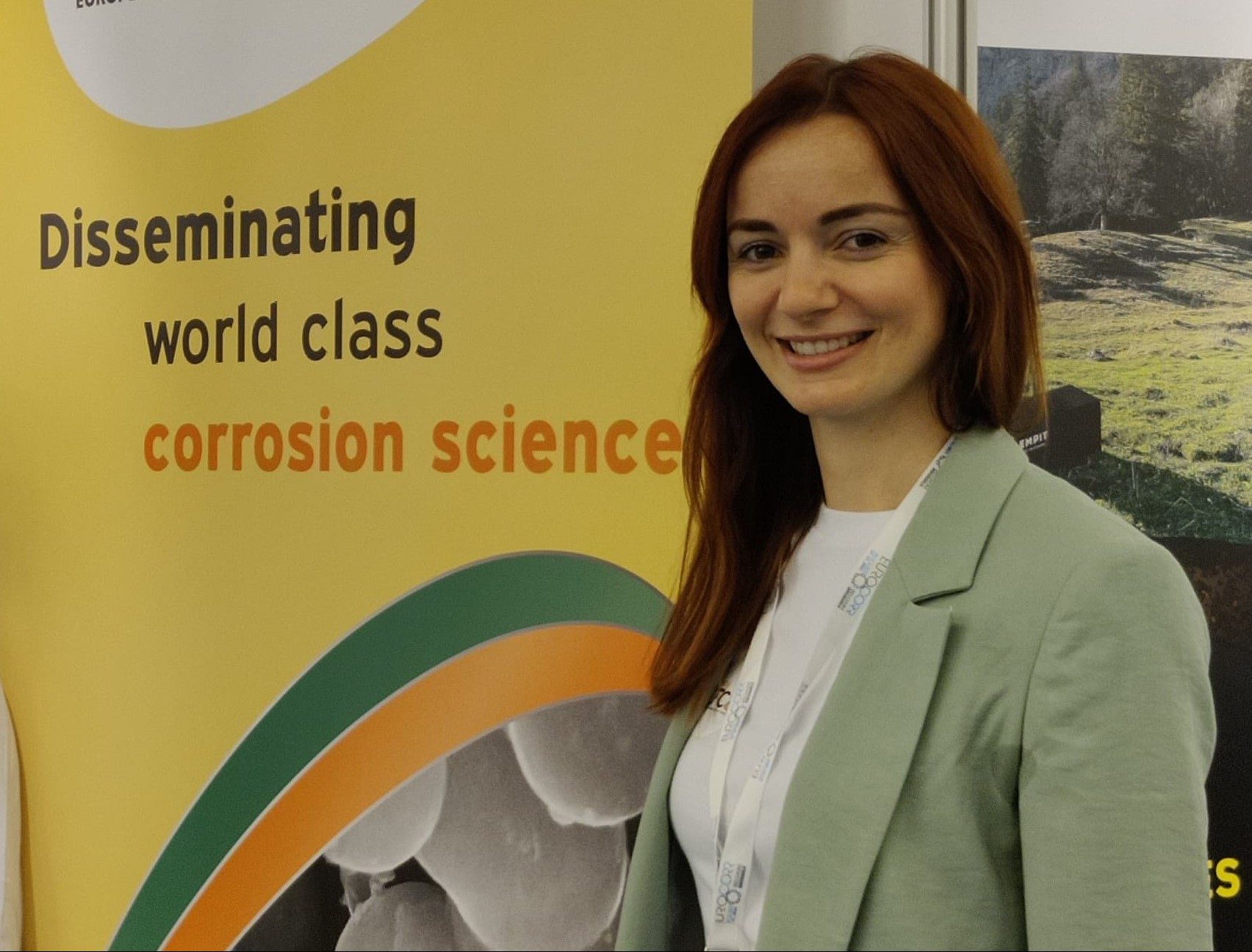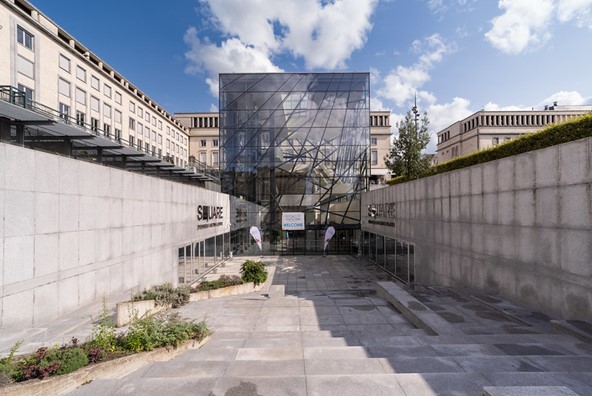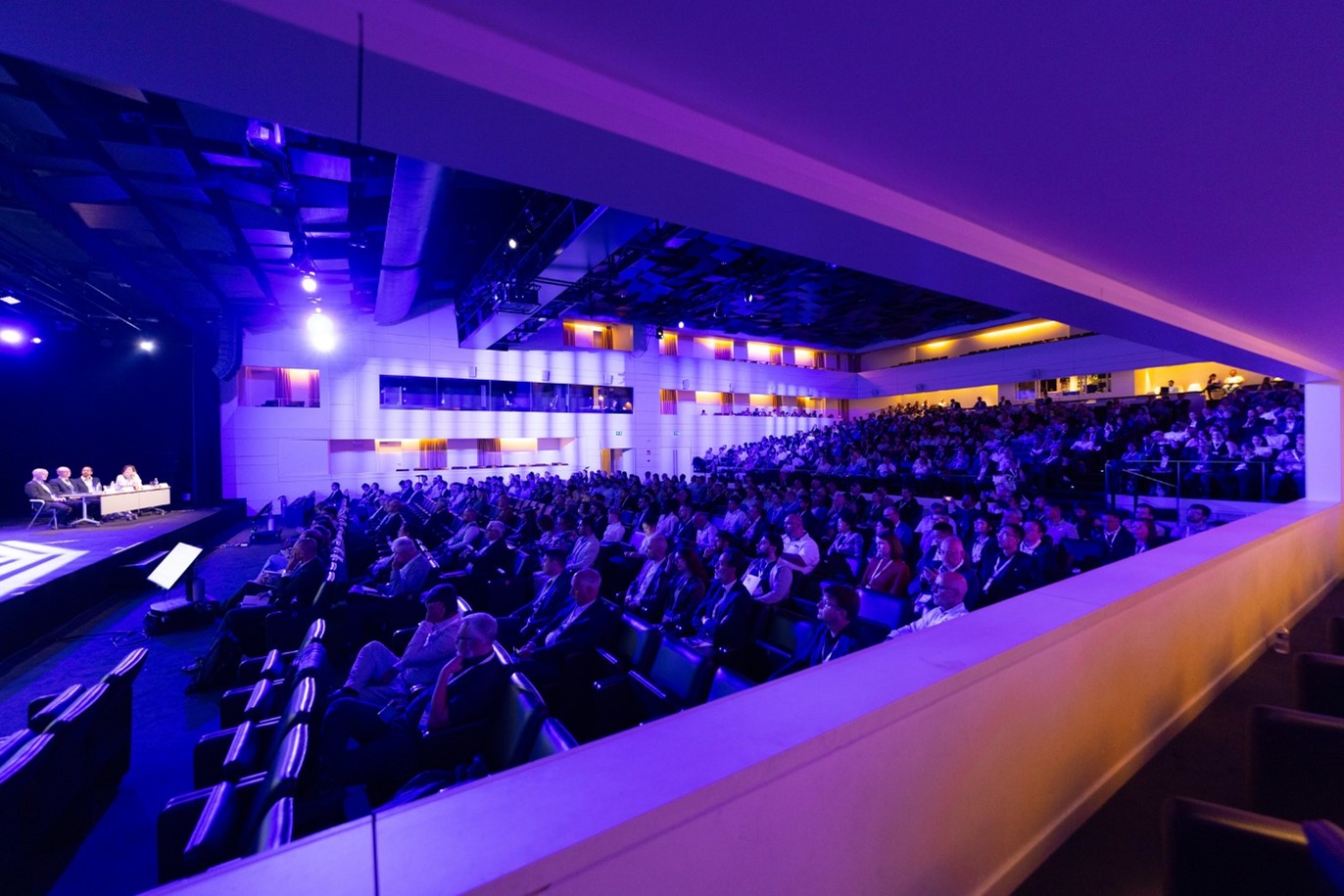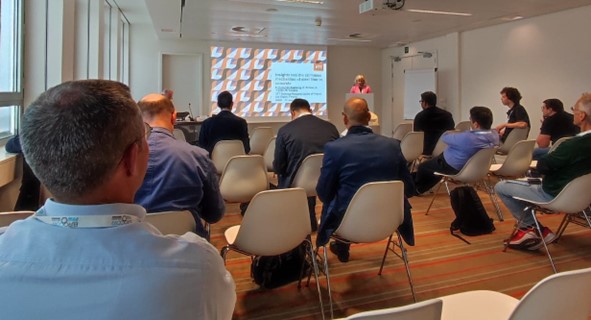
Research Scientist
VTT
A MASCOT outreach towards society, industry and the scientific community has been successfully achieved in the last edition of the annual event of the European Federation of Corrosion (EUROCORR2023) held in Brussels (Belgium) from 27 to 31 August 2023. This year the main topic of the conference was “Driving corrosion prediction and protection towards a circular economy”. It attracted 1002 participants from 49 countries. A total of 598 lectures, 147 posters at the e-kiosks and 45 exhibitors were reported by the organizers. A conference dinner was held at the Autoworld museum in the heart of Brussels on Wednesday 30 August 2023.
The lecture “Influence of chlorides and pH on the susceptibility to pitting corrosion of stainless steels with different microstructures and PRENs”, authors: Andressa Trentin, Ahmad Mardoukhi, Pekka Pohjanne and Elina Huttunen-Saarivirta, was presented on 28 August 2023 to an audience of approximately 70 people composed of students, researchers, engineers and industrialists.
The 15-minute lecture included a brief introduction to pulp and paper industry processes and their challenges towards proper materials selection. Focus was given to stainless steel (SS) used in tanks and reactors in this industry that operate under harsh conditions such as high temperatures (e.g., 90 °C), acidic conditions (pHs 2.5 and 4) combined with the presence of hydrochloric acid and formic acid as by-products and chlorides as impurities. This environment is severe to most SS grades due to metallic corrosion that can lead either to costly maintenance pauses or complete shutdown of the production plant, not to mention the environmental impacts.
The presented work aims to reduce the use of H2SO4 in the pulp and paper industry, reuse/replace waste acids, and optimize bleaching (e.g., Ba2SO4 precipitates formed during the process are difficult to remove from metal surfaces), thus closing the loop of raw materials and chemicals and understanding tomorrow’s materials performance.

Based on knowledge from previous works, a comprehensive study including seven different SS grades, austenitic and duplex microstructures and pitting resistance equivalent numbers (PRENs) is being carried out at VTT Technical Research Centre of Finland Ltd (Espoo) and Metso Research Centre (Pori), Finland. The electrochemical analysis is carried out in sulfuric and hydrochloric acids at pHs 2.5 and 4, resulting in a summary table of critical values for the safe operation of these materials. Polarization curves show three different profiles for low (25, 26), intermediate (34, 35) and high (43, 44) PREN values. The results reveal that low and intermediate PRENs undergo failure due to the break of the passive layer and the formation of corrosion pitting, but higher potentials are required for the intermediate PRENs to fail. On the other hand, the highest PRENs are extremely resistant under the studied conditions, showing no sign of degradation. This can be attributed to the chemical composition of the passive layer on the surface of these materials that hinders the penetration of oxidative species.
In terms of microstructure, duplex grades, which are usually less expensive, have proven to be less effective against corrosion. It was found by electron backscatter diffraction (EBSD) analysis, that the difference in composition of austenite and ferrite phases leads to localized differences in PRENs in the microstructure, being the lower PREN more susceptible to corrosive attack.
The experiments of Materials for CO2-neutral processes in resource-intensive industries (MASCOT) performed at VTT in collaboration with Metso will focus on expanding the knowledge about safe conditions for materials performance under different chemically aggressive environments.


